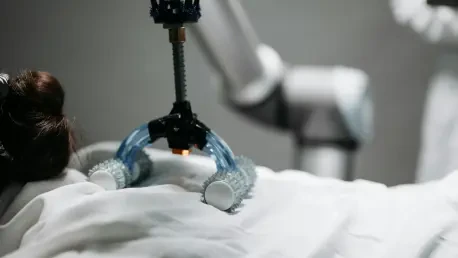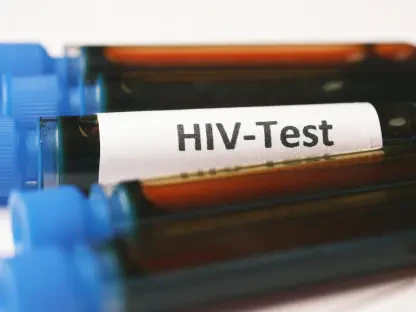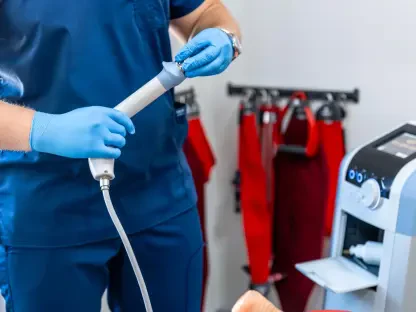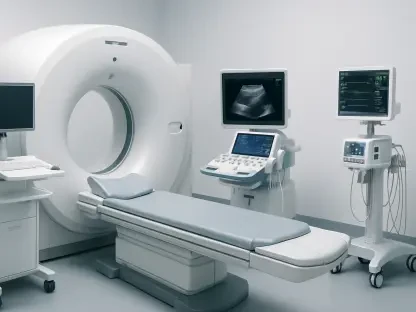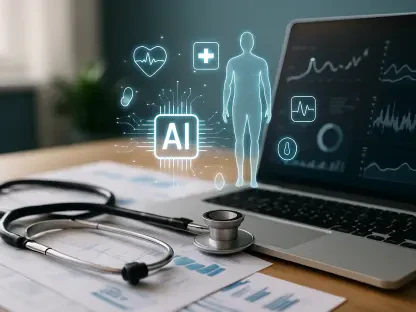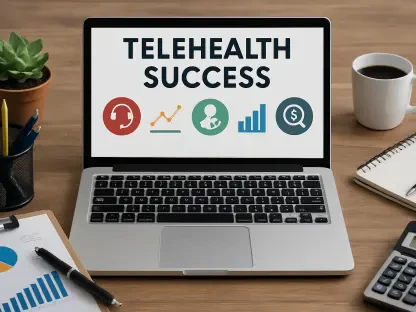In the realm of modern healthcare, the intersection between technology, regulation, and practice is both complex and crucial. James Maitland, a renowned expert on IoT applications and robotics in medicine, is here to share his insights on these evolving areas. With recent debates around laboratory developed tests (LDTs) and regulatory oversight, his perspective is invaluable for understanding current challenges and potential solutions.
What was the court decision regarding the FDA’s final rule on laboratory developed tests (LDTs)?
The court found that the FDA’s effort to regulate LDTs as medical devices overstepped its statutory authority. This decision effectively halted the FDA’s plan, leaving the industry in a state of relief but also curiosity about future regulatory pathways.
How did the U.S. District Court for the Eastern District of Texas justify its decision against the FDA’s attempt to regulate LDTs?
The court emphasized that Congress had outlined a separate regulatory framework under the Clinical Laboratories Improvement Amendments, indicating that the FDA’s jurisdiction does not extend to these tests based on the available statutory authority.
What is the FDA’s statutory authority as described by the court ruling?
The court clarified that the FDA’s statutory authority under the Food, Drug, and Cosmetic Act focuses on regulating manufactured products and does not grant the agency the power to redefine or expand upon this scope, particularly concerning LDTs.
Has the FDA stated any alternative plans regarding the regulation of LDTs after the court ruling?
No, the FDA has not officially outlined any alternative regulatory approaches since the ruling. This silence leaves room for speculation on how or if they might seek to exert influence over LDTs in the future.
Can you describe the potential indirect approaches the FDA could take to regulate LDTs?
One path might involve regulating the components used in LDTs rather than the tests themselves. The agency has taken similar actions sporadically, which might increase if direct regulation remains off the table.
Could you explain what the FDA’s warning letter to a German diagnostics company revealed about possible alternate regulatory paths?
The warning letter indicated that the FDA might focus on instances where products marketed for research use only appear intended for clinical diagnostics. This suggests a more nuanced approach to enforcing regulations where they see potential mismatches in intended use versus actual use.
How might the FDA use the regulation of device components to exert authority over LDTs?
By focusing on the devices, instruments, and reagents used in LDTs, the FDA could exert indirect control. These components, as part of the diagnostic process, fall squarely within its regulatory reach.
Could the regulatory path regarding research use only (RUO) diagnostics serve as a model for FDA’s indirect regulation?
Absolutely. By tightening enforcement around RUO diagnostics, the FDA might enhance oversight over products purportedly for research that end up used in clinical settings, thereby asserting a level of regulation without directly targeting LDTs.
Why are the timing and content of warning letters to companies like DRG Instruments and Agena Bioscience significant in this context?
These letters were notable because they addressed potential regulatory violations before the court ruling, indicating a possible strategic shift towards more rigorous enforcement of components associated with LDTs.
What are some uncertainties in the current definition of ‘laboratory developed test’ that FDA might seek to clarify?
Definitions around the extent of the term “single clinical laboratory” present ambiguities. The FDA might aim to clarify these to better delineate regulatory oversight, specifically concerning large organizations with multiple lab sites.
How does the FDA’s lack of jurisdiction over test services impact its regulation of the instruments and equipment used in LDTs?
The jurisdiction gap means the FDA might focus on the equipment used, a certified regulatory domain, rather than attempting to manage the test services directly, which are governed under CLIA regulations.
How might the FDA’s approach change with the new administration while still maintaining consistency in managing in vitro diagnostics?
Any changes would likely focus on refining existing regulations rather than overhauling them, especially given consistent management within the FDA’s divisions handling diagnostics.
What role could the clarification and update of CLIA regulations through Congress play in regulating LDTs?
Updating CLIA regulations through Congress could offer a more cohesive and clear framework for LDT oversight, potentially aligning with FDA interests without duplicating efforts.
What are the key concerns of the Association for Molecular Pathology regarding FDA’s role in LDT regulation?
Their primary concern is avoiding duplicative regulation that could burden laboratories. They advocate for a risk-based approach that ensures test quality without unnecessary overlap between agencies.
How does the Association for Molecular Pathology propose to ensure the accuracy and reliability of LDTs?
They suggest refining and expanding CLIA regulations to cover more aspects of LDT standards, providing a robust yet streamlined pathway for quality assurance in these tests.
Why might Congress be a more suitable channel for updating regulations surrounding LDTs according to industry groups?
Congressional action could provide a comprehensive update to outdated regulations, integrating LDT considerations into a broader legislative framework that accommodates technological advancements.
Do you have any advice for our readers?
Stay informed and engaged with ongoing regulatory discussions, as these decisions will shape the future of how healthcare providers can leverage technology in diagnostics and patient care.
